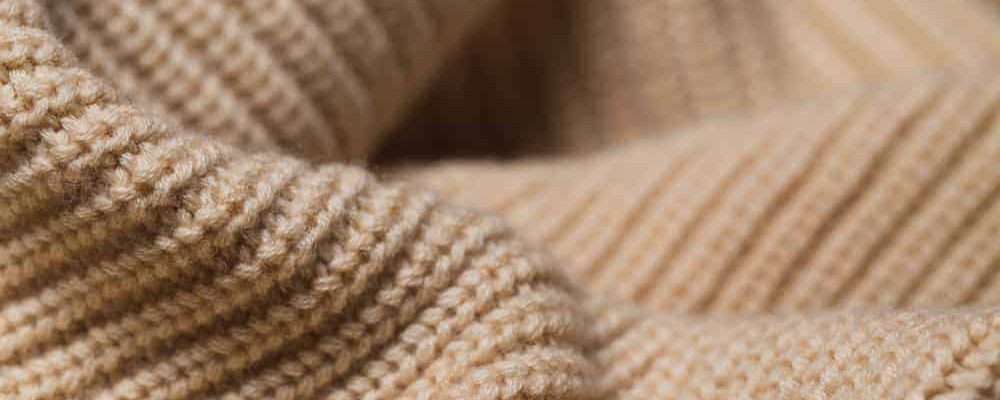
In the ever-evolving world of fashion, one cannot overlook the significance of texture. Texture plays a pivotal role in creating visually appealing and captivating designs that resonate with individuals on a deeper level. From luxurious fabrics to intricate patterns, the texture element of fashion adds depth, dimension, and personality to garments, making them stand out in a sea of sartorial choices. In this blog post, we will delve into the multifaceted nature of texture in fashion, exploring its various aspects and shedding light on its importance in the industry.
- Sensory Experience:
Texture in fashion goes beyond visual aesthetics; it encompasses a sensory experience that engages not only the eyes but also the sense of touch. When we run our fingers across a soft cashmere sweater or feel the roughness of a tweed blazer, we connect with the garment on a tactile level. Designers carefully select fabrics and materials to create textures that evoke specific emotions and enhance the overall sensory experience of wearing a particular piece. - Visual Depth and Dimension:
Texture adds visual depth and dimension to fashion, transforming a flat surface into a captivating masterpiece. By incorporating various textures, such as lace, embroidery, or beading, designers create intricate patterns and motifs that catch the light and create a play of shadows. These textural elements not only enhance the overall aesthetic appeal but also contribute to the storytelling aspect of fashion, conveying messages and evoking emotions through visual cues. - Contrast and Balance:
Texture serves as a powerful tool for creating contrast and balance in fashion. By juxtaposing different textures, designers can create visually striking ensembles that capture attention. For example, pairing a smooth silk blouse with a chunky knit cardigan creates an interesting contrast that adds visual interest to the outfit. Similarly, balancing textures within a single garment, such as combining a matte fabric with a glossy embellishment, can create a harmonious and visually pleasing effect. - Cultural Significance:
Texture in fashion often carries cultural significance, reflecting the traditions, heritage, and craftsmanship of different regions. From the intricate brocades of India to the delicate lacework of France, textures in fashion can tell stories and celebrate the rich cultural tapestry of our world. Designers often draw inspiration from these textures, incorporating them into their collections to pay homage to the craftsmanship and artistry of various cultures.
Conclusion:
The texture element of fashion is a multifaceted aspect that goes beyond mere visual appeal. It engages our senses, adds depth and dimension, creates contrast and balance, and celebrates cultural heritage. By understanding and appreciating the importance of texture in fashion, we can develop a deeper connection with the garments we wear and gain a greater appreciation for the artistry and creativity that goes into their creation.

